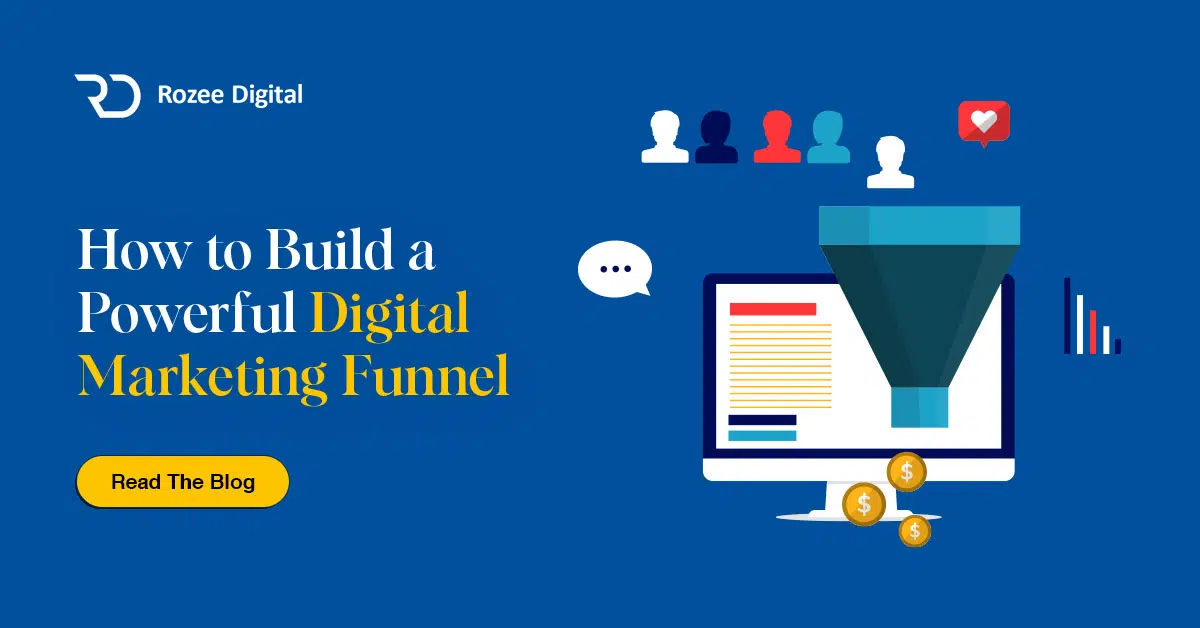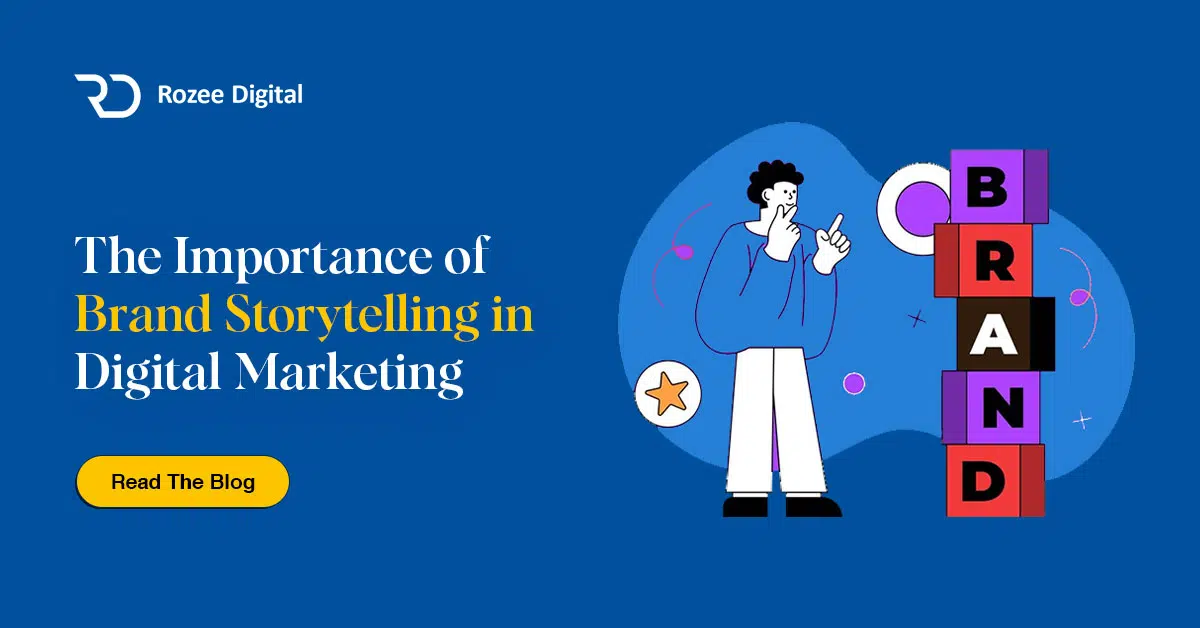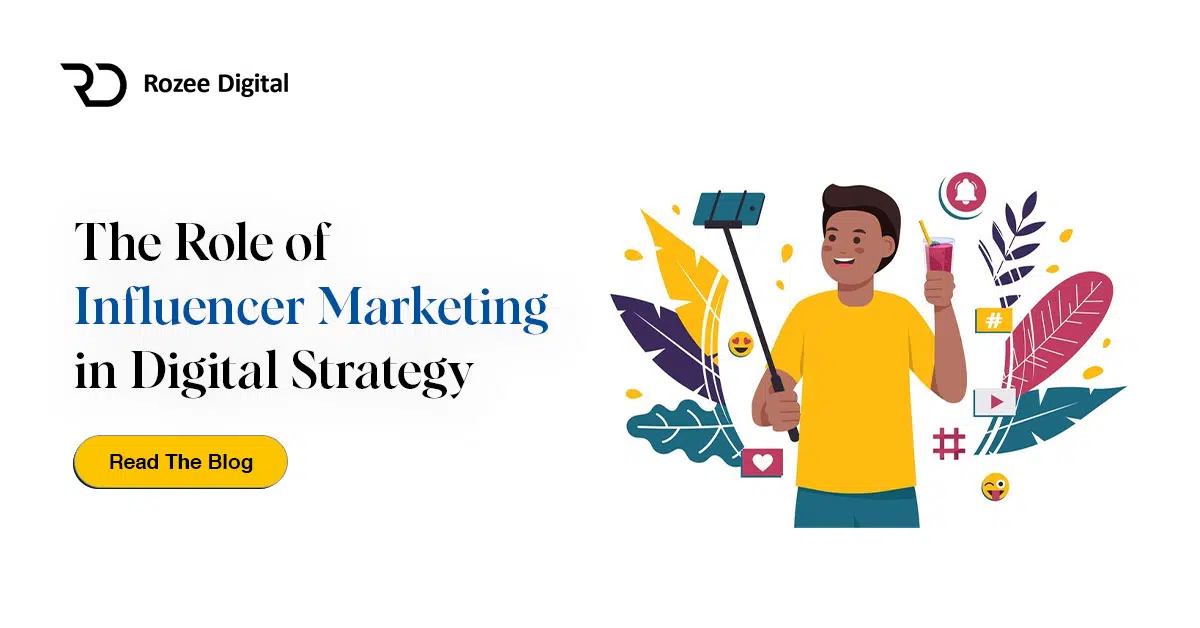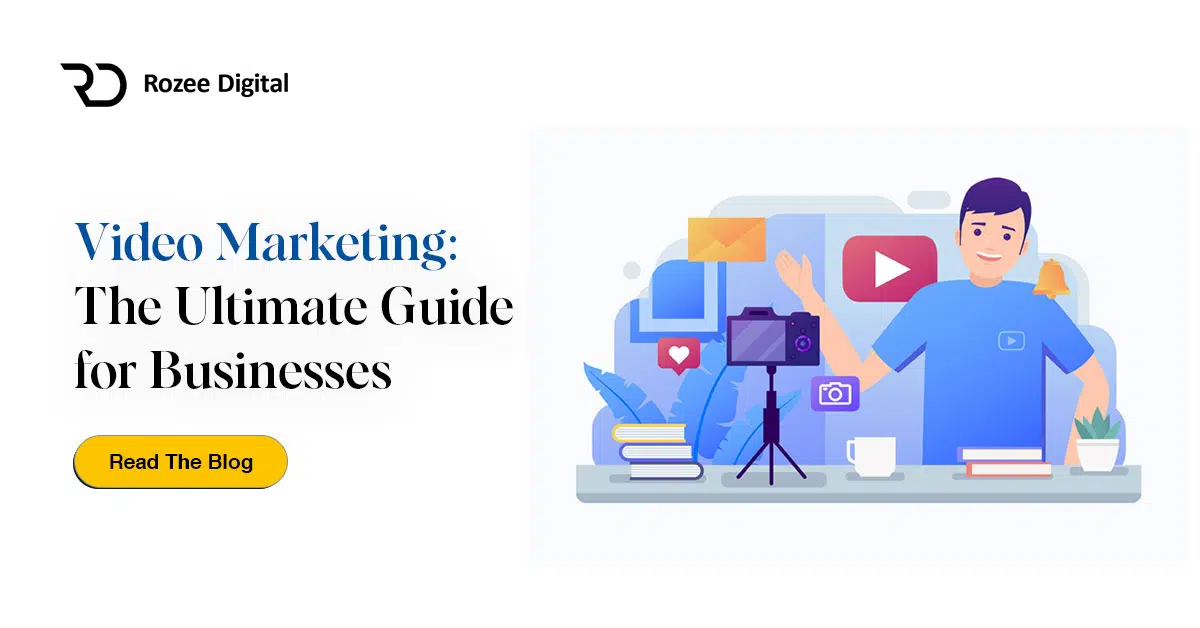Understanding Facebook Estimated Action Rate
To effectively maximize your Facebook advertising results, it’s essential to understand the concept of Facebook Estimated Action Rate. This metric plays a crucial role in evaluating the performance of your ads and can provide valuable insights into the effectiveness of your marketing efforts.
What is Facebook Estimated Action Rate?
Facebook Estimated Action Rate is a metric that measures the likelihood of users taking a specific action, such as making a purchase or signing up for a newsletter, after seeing your ad. It is calculated by Facebook based on various factors, including ad relevance, landing page experience, and expected click-through rate.
By estimating the likelihood of users taking action, Facebook provides advertisers with a valuable tool to assess the effectiveness of their ad campaigns. A high Estimated Action Rate indicates that your ads are resonating with your target audience and driving engagement, while a low Estimated Action Rate may suggest that adjustments are needed to improve your ad performance.
Understanding the factors that affect Facebook Estimated Action Rate can help you enhance your advertising strategy and achieve better results.
Importance of Facebook Estimated Action Rate
Facebook Estimated Action Rate is an important metric for ecommerce brands looking to drive conversions and achieve their marketing objectives. Here’s why it’s important:
- Performance Evaluation: Facebook Estimated Action Rate provides valuable insights into the effectiveness of your ad campaigns. By monitoring this metric, you can evaluate the performance of your ads and make data-driven decisions to optimize your strategies.
- Cost Efficiency: A high Estimated Action Rate indicates that your ads are resonating with your target audience and driving desired actions. This can lead to improved cost efficiency, as you are more likely to generate conversions and achieve your advertising goals.
- Ad Relevance: Facebook Estimated Action Rate is influenced by factors such as ad relevance. By focusing on improving this metric, you can ensure that your ads are targeted to the right audience and are delivering relevant content that drives engagement.
- Continuous Improvement: Monitoring your Facebook Estimated Action Rate allows you to identify areas for improvement and refine your advertising strategies. By analyzing the performance of your ads, you can iterate on your creative elements, messaging, and targeting to maximize your results.
Understanding the significance of Facebook Estimated Action Rate is the first step toward improving your ad performance. In the following sections, we will explore the factors that affect this metric and strategies to enhance it. To dive deeper into the definition of Facebook Estimated Action Rate, you can refer to our article on Facebook Estimated Action Rate definition.
Factors Affecting Facebook Estimated Action Rate
When it comes to achieving a desirable Facebook Estimated Action Rate, several factors come into play. Understanding these factors can help ecommerce brands make informed decisions and optimize their campaigns for better results. The main factors that impact Facebook Estimated Action Rate are ad relevance, landing page experience, and expected click-through rate.
Ad Relevance
Ad relevance plays a crucial role in determining the Facebook Estimated Action Rate. It refers to how well your ad matches the interests, preferences, and needs of your target audience. When your ad is highly relevant to your audience, it is more likely to capture their attention and drive action.
To improve ad relevance, it’s important to have a deep understanding of your target audience. Conduct thorough research to identify their demographics, interests, and pain points. By tailoring your ad content to align with their needs and preferences, you can increase the relevance and resonation of your ads. Regularly monitoring and optimizing your ad campaigns based on performance data can also help improve ad relevance over time.
Landing Page Experience
The landing page experience is another crucial factor in determining the Facebook Estimated Action Rate. Once users click on your ad, they are directed to a landing page. The landing page experience refers to the overall user experience on this page, including its relevance, load time, ease of navigation, and mobile-friendliness.
To optimize your landing page experience, ensure that your landing page aligns with the ad content and offers a seamless transition for users. Make sure the page loads quickly and is optimized for both desktop and mobile devices. Clear and concise messaging, along with a visually appealing layout, can help engage users and encourage them to take the desired action. Regularly test and optimize your landing page to improve the overall user experience.
Expected Click-Through Rate
Expected click-through rate (CTR) is an important performance metric that impacts the Facebook Estimated Action Rate. It represents the likelihood of users clicking on your ad when it is shown to them. A high expected CTR indicates that your ad is engaging and relevant to your target audience.
To improve expected CTR, focus on creating compelling ad content that grabs the attention of your target audience. Experiment with different ad formats, headlines, and visuals to find the combination that resonates best with your audience. A clear and compelling call-to-action can also help drive clicks and conversions. Regularly monitor the performance of your ads and make data-driven optimizations to improve the expected CTR.
By understanding and optimizing these factors – ad relevance, landing page experience, and expected click-through rate – ecommerce brands can enhance their Facebook Estimated Action Rate and maximize the effectiveness of their ad campaigns. For more insights on improving your Facebook Estimated Action Rate, check out our article on improving Facebook Estimated Action Rate.
Strategies to Improve Facebook Estimated Action Rate
To enhance the performance of your Facebook ads and increase your Facebook Estimated Action Rate, it’s important to implement effective strategies. By focusing on enhancing ad relevance, optimizing landing page experience, and improving expected click-through rate, you can significantly improve your Facebook Estimated Action Rate.
Enhancing Ad Relevance
Ad relevance plays a crucial role in capturing the attention of your target audience and encouraging them to take action. To enhance ad relevance, consider the following strategies:
- Audience targeting: Ensure that you are targeting the right audience for your ads. Refine your targeting parameters based on demographics, interests, and behaviors to reach the most relevant audience for your products or services.
- Ad creative: Create compelling and engaging ad content that aligns with your target audience’s interests and needs. Use compelling imagery and copy that resonates with your audience, highlighting the unique selling points of your offering.
- Message matching: Ensure that the message conveyed in your ad aligns with the landing page experience. Consistency in messaging helps build trust and encourages users to take the desired action.
Optimizing Landing Page Experience
A seamless and user-friendly landing page experience is vital for maximizing your Facebook Estimated Action Rate. Consider the following strategies to optimize your landing page:
- Relevance: Ensure that the landing page content aligns with the ad content and provides the information promised in the ad. This helps maintain a consistent user experience and reduces bounce rates.
- Clear call-to-action: Place a clear and prominent call-to-action (CTA) on your landing page that aligns with your ad’s objective. Make it easy for users to understand what action they need to take next.
- Mobile optimization: With the increasing use of mobile devices, it’s crucial to optimize your landing page for mobile users. Ensure that the page is mobile-friendly, loads quickly, and provides a seamless experience across different devices.
Improving Expected Click-Through Rate
Expected click-through rate (CTR) is an important factor in determining your Facebook Estimated Action Rate. By improving the expected CTR, you can increase the likelihood of users engaging with your ads. Consider the following strategies:
- Ad placement: Experiment with different ad placements and identify the ones that generate higher CTR. Facebook offers various ad placement options, such as news feed, stories, and right column. Analyze the performance of each placement and allocate your budget accordingly.
- Ad format: Test different ad formats, such as single image, carousel, or video ads, to identify which formats generate higher CTR for your target audience. Experiment with different formats and monitor their performance to optimize your ads.
- Ad copy and visuals: Craft compelling ad copy that grabs attention and entices users to click. Use eye-catching visuals and compelling headlines to stand out in the crowded Facebook feed.
By implementing these strategies, you can enhance your Facebook Estimated Action Rate and improve the overall performance of your Facebook ads. Regularly monitor and analyze the metrics to measure the effectiveness of your strategies and make necessary adjustments to optimize your campaigns. For more insights on improving your Facebook Estimated Action Rate, check out our article on optimizing Facebook Estimated Action Rate.
Ad Creative Best Practices
When it comes to maximising your Facebook Estimated Action Rate, the creative elements of your ads play a crucial role. By following ad creative best practices, you can capture the attention of your target audience and encourage them to take action. Here are three key practices to consider:
Compelling Imagery and Copy
To make your ads stand out in the crowded Facebook feed, it’s essential to use compelling imagery and engaging copy. Choose high-quality visuals that are relevant to your brand and message. Eye-catching images or videos that resonate with your target audience are more likely to capture their attention.
In addition to striking visuals, your ad copy should be concise, clear, and persuasive. Craft a compelling headline and use persuasive language to convey the value of your offering. Highlight the key benefits and unique selling points of your product or service. Remember to keep it concise and use language that resonates with your target audience.
Clear Call-to-Action
A clear call-to-action (CTA) is crucial to guide your audience towards the desired action. Use actionable and specific language to tell users what you want them to do. Whether it’s “Shop Now,” “Learn More,” or “Sign Up,” the CTA should be direct and aligned with the objective of your campaign.
Position the CTA prominently within your ad, making it easily noticeable. Consider using contrasting colors or buttons to draw attention to the CTA. Testing different variations of CTAs can help you identify which ones resonate best with your audience.
A/B Testing and Iteration
To continuously improve your ad performance and increase your Facebook Estimated Action Rate, A/B testing is a valuable technique. Test different variations of your ad creative, such as different images, headlines, ad copy, or CTAs. By comparing the results, you can identify the most effective elements and refine your ads accordingly.
It’s important to run A/B tests one element at a time, keeping all other factors constant. This will help you isolate the impact of each variable on the performance of your ads. Iteratively refine your ads based on the insights gained from testing to continuously improve your Facebook Estimated Action Rate.
By implementing these ad creative best practices, you can enhance the effectiveness of your Facebook ads and increase your chances of achieving a higher Estimated Action Rate. Remember to monitor your ad performance, analyze the metrics, and adjust your strategies accordingly. For further guidance on improving your Facebook Estimated Action Rate, check out our article on optimizing Facebook Estimated Action Rate.
Monitoring and Tracking Performance
To ensure the effectiveness of your Facebook advertising campaigns, it’s crucial to monitor and track the performance of your Facebook Estimated Action Rate. By closely monitoring this metric, you can gain valuable insights into the success of your ads and make informed adjustments to your strategies. Let’s explore how you can effectively monitor and track your Facebook Estimated Action Rate, analyze the relevant metrics, and seek professional assistance when needed.
Monitoring Facebook Estimated Action Rate
Monitoring your Facebook Estimated Action Rate allows you to assess the engagement and performance of your ads. This metric measures the likelihood of users taking the desired action, such as making a purchase or signing up for a newsletter, based on their interactions with your ads. By regularly checking your Facebook Estimated Action Rate, you can identify any significant changes or trends that may require attention.
To monitor your Facebook Estimated Action Rate, navigate to your Facebook Ads Manager and locate the relevant campaign or ad set. Look for the Estimated Action Rate column, which provides an overview of how well your ads are estimated to drive the desired actions. By keeping a close eye on this metric, you can quickly identify any significant fluctuations and take appropriate measures.
Analyzing Metrics and Adjusting Strategies
Analyzing the relevant metrics alongside your Facebook Estimated Action Rate is essential for understanding the underlying factors influencing your ad performance. Consider reviewing metrics such as ad relevance, click-through rate, landing page experience, and conversion rate. These metrics provide insights into the effectiveness of your ad creative, targeting, and landing page.
If you notice a low Facebook Estimated Action Rate, it’s important to identify the specific areas for improvement. Analyze the metrics mentioned above and assess their performance. For example, if your ad relevance score is low, consider refining your targeting or optimizing your ad creative to better resonate with your target audience. Similarly, if your click-through rate is below expectations, experiment with different ad formats, compelling imagery, and persuasive copywriting techniques to improve engagement.
Seeking Professional Assistance
While monitoring and analyzing your Facebook Estimated Action Rate can provide valuable insights, sometimes seeking professional assistance can take your ad performance to the next level. Digital marketing agencies or consultants with expertise in Facebook advertising can offer an unbiased perspective and help you identify areas for improvement.
When seeking professional assistance, look for agencies or consultants with a proven track record in optimizing Facebook Estimated Action Rate and driving successful ad campaigns. They can provide strategic guidance, conduct in-depth ad audits, and implement advanced targeting and optimization techniques to maximize your results.
Remember, optimizing your Facebook Estimated Action Rate is an ongoing process that requires continuous monitoring and adjustment. By carefully tracking your metrics, analyzing the data, and seeking professional assistance when needed, you can effectively improve your Facebook ad performance and achieve your desired results.
For a comprehensive understanding of Facebook Estimated Action Rate and how to improve it, refer to our articles on understanding Facebook Estimated Action Rate and optimizing Facebook Estimated Action Rate.







